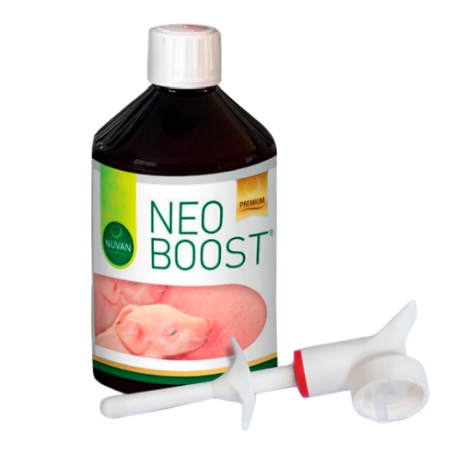Pre-weaning piglet mortality mostly occurs during the first 3 days after birth. It was identified that crushing is the major cause of neonatal mortality, but in most cases this is secondary to insufficient colostrum intake (CI). The aim of this study was to identify sow and piglet parameters that were associated to piglets׳ daily weight gain (DWG) and survival, especially in associations with CI and how it affects amino acid use in neonatal piglets. Survival and DWG was recorded of piglets born to 37 sows (parity 1-7) until weaning. Colostrum was collected at 3, 6 and 24 h after birth of the first piglet, equally divided from all teats of one side of the udder. Parameters regarding reproduction, sow body condition, colostrum quantity, and colostrum nutritional and immunological composition were noted. Four piglets per litter were randomly selected for serum collection 24-30 h after birth and this was analysed for urea, creatinine, non-esterified fatty acids (NEFA), immunoglobulin G (IgG) and A (IgA), and 7 free amino acids.
The total colostrum yield (CY) was 3243±132 g per sow. The CI per piglet was 245±12 g and the average CI/kg BWB of the piglets was 196±8 g. The CY was not associated with number of liveborn piglets while the average CY per liveborn piglet decreased 20 g for each extra liveborn piglet (P<0.001). The DWG was positively associated with birth weight (BWB) and CI/kg BWB, and negatively with time between birth and first suckle (tFS) until day 3 of lactation (P<0.001), day 7 of lactation (P<0.001) and weaning (P<0.001). The mortality rate was higher for piglets with a BWB <1 kg (P<0.001), a CI/kg BWB <160 g (P<0.001) and a tFS>60 min (P<0.01). The CI/kg BWB was negatively associated to urea (P=0.002), positively to some free amino acids (P<0.05) but not to other parameters. The DWG was negatively associated to urea and positively to leucine until day 3 of lactation (P<0.001), until day 7 of lactation (P<0.001) and until weaning (P<0.001).

In conclusion, the study demonstrated that piglets׳ daily weight gain and survival until weaning is positively associated with birth weight, colostrum intake per kg birth weight and negatively to time between birth and first suckle. The effect of colostrum intake per kg birth weight seems to be related to a shift in nutrient use, rather than the effect of maternal immunoglobulin supply. With a decreasing colostrum intake per kg birth weight, piglets use a relatively higher amount of colostral protein in catabolic processes instead of using it for weight gain.
Decaluwé, R., Maes, D., Wuyts, B., Cools, A., Piepers, S. and Janssens G.P.J. (2014). Piglets׳ colostrum intake associates with daily weight gain and survival until weaning. Livestock Science, 162; 185–192. doi.org/10.1016/j.livsci.2014.01.024





